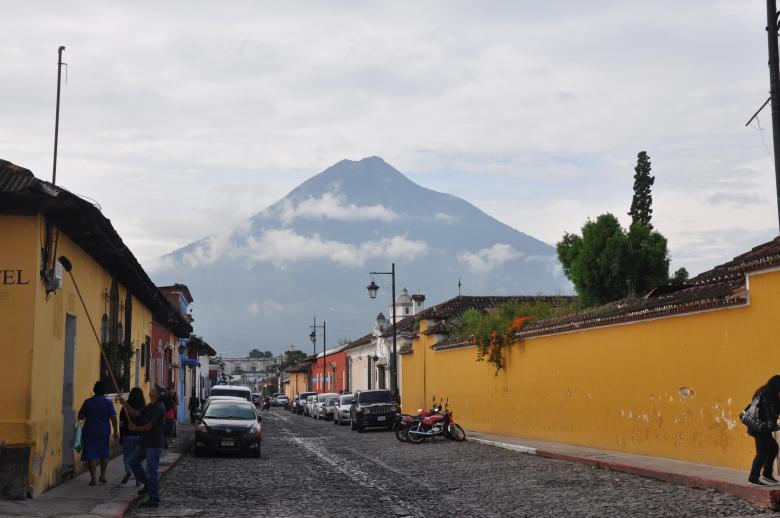
La Antigua Guatemala a living heritage: Integrating natural and intangible cultural heritage in the management and conservation of the city and its surroundings.
La Antigua Guatemala is protected by national law and was declared a World Heritage Site in 1979 because its urban fabric and architecture express the history of Santiago de los Caballeros, an important colonial capital city in the former General Captaincy of Guatemala (16th-18thC) in Central America. Boundaries and an influence area were defined, but not a buffer zone.
Since then, heritage legislation has evolved, in parallel to the international conceptualization of heritage: since 2008, the Operational Guidelines for the implementation of the World Heritage Convention recommend a buffer zone as a mechanism for adding protection to the heritage place. Furthermore, recognizing natural and intangible cultural heritage values in addition to the Outstanding Universal Value has become of paramount importance. In 2021, the CNPAG and USAC established a partnership within the ICCROM-IUCN World Heritage Leadership Heritage Place Lab, to address collaboratively these management issues through research.

